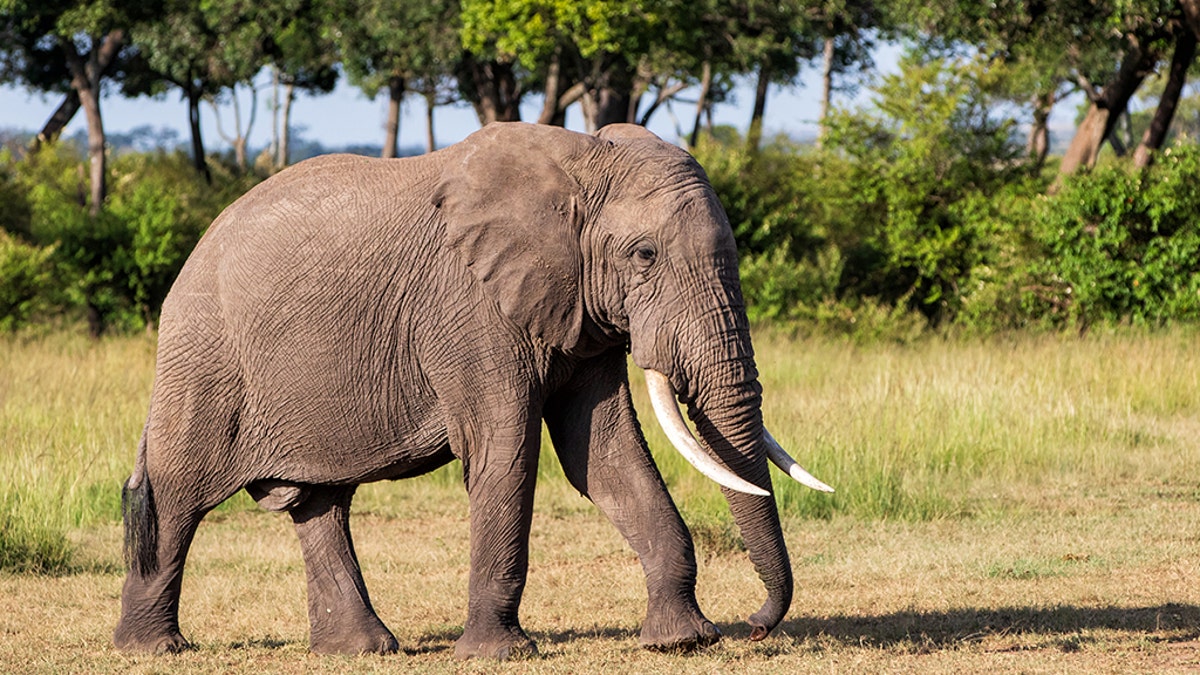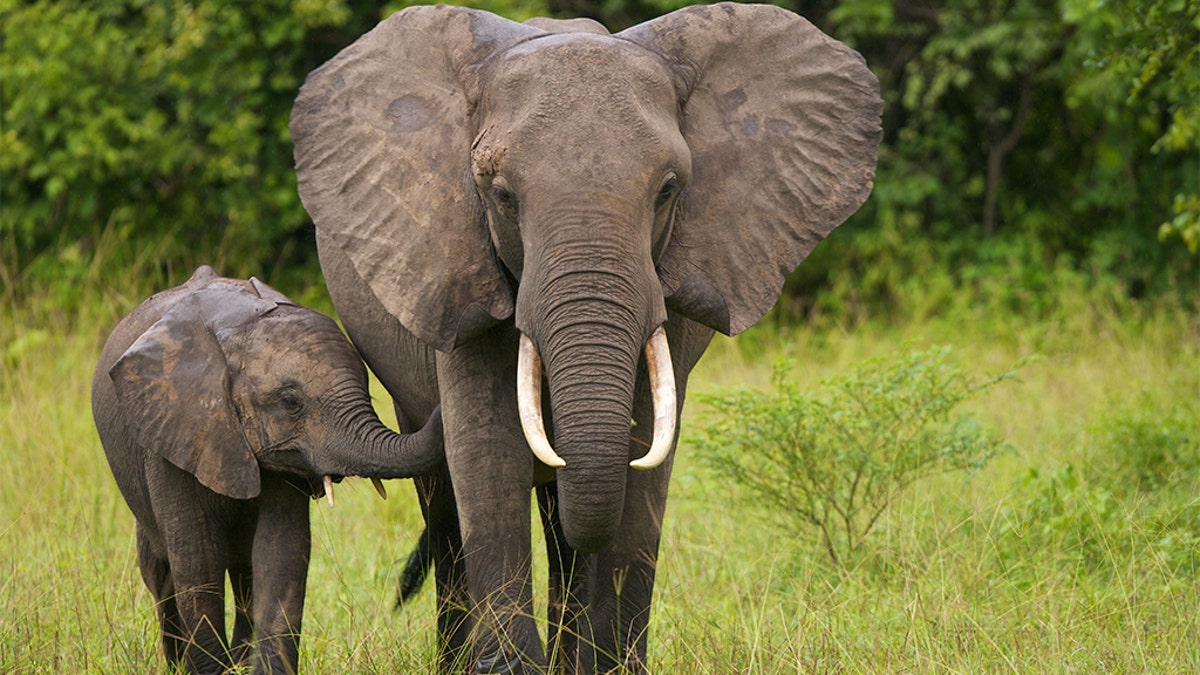Meghan Markle narrating elephant documentary on Disney+
Prince Harry and Meghan Markle are jumpstarting their own professional careers, beginning with Meghan’s involvement in “Elephant,” a Disney Plus documentary.
Kenya’s elephant population has doubled in the last three decades, in part due to a crackdown on poachers and ivory smugglers, authorities announced at an event marking World Elephant Day Wednesday.
Between 1989 and 2019, Kenya’s population of African elephants grew from about 16,000 to more than 34,000, according to John Waweru, director of Kenya’s Wildlife Service.
“In the last couple of years, we have managed to tame poaching in this country,” Kenyan Tourism Minister Najib Balala said at the same event, Reuters reported.
Amid a global coronavirus pandemic that has stifled travel and shut down economies across the world, there were just seven elephants poached in Kenya this year, down from 34 in all of 2019 and 80 the year before that, according to the report.
The Kenyan government has imposed longer jail terms, and larger fines for poachers and smugglers as part of its crackdown on the ivory trade.
FUGITIVE WANTED IN US FOR ALLEGED IVORY, RHINO HORN TRAFFICKING ARRESTED IN KENYA

Elephant bull walking in the Masai Mara Game Reserve in Kenya.
Last month, Kenyan authorities announced the arrest of a suspected poacher blamed for killing at least 100 elephants and 35 rhinos. He is expected to be extradited to the U.S. in connection with a $7 million smuggling investigation.
And to further dissuade trafficking, government officials in Kenya, the U.S. and other countries have destroyed tons of seized ivory stockpiles, with estimated values exceeding $100 million, by burning or crushing them in public.
Elephants, whose ivory tusks are highly valued on illicit markets, also are known to raid crops and on occasion injure or even kill humans, prompting the government to offer compensation to farmers who suffer damages, according to the Kenyan government.

CALIFORNIA ZOO SUED FOR ALLEGEDLY USING BANNED PRODS ON ELEPHANTS, ENDANGERING ZOOKEEPERS
But poaching grew worse in the 2000s as the black-market demand for ivory surged in parts of Asia, including China. It spiked between 2011 and 2014, and estimates for the entire African elephant population dipped below 420,000, according to authorities. That's down from an estimated 10 million in 1930, according to the World Wildlife Fund.
African elephants are the largest land animals on the planet and generally live in the central and southern regions of the continent, according to the U.S. Fish and Wildlife Service (FWS).
Their tusks for years have been considered trophies for their ivory, which is used for ornamental carvings and jewelry. But they also are killed for meat and in retaliation for damaging crops or other human property, which the government refers to as "human-elephant conflict."
“The elephants are one of the natural resources that have been caught up in human greed on one hand and human need on the other,” Waweru said. “So there we have a dichotomy.”
CLICK HERE TO GET THE FOX NEWS APP
The United States passed its African Elephant Conservation Act in 1988, authorizing millions of dollars in aid to help the animals, which have been listed as threatened under the Endangered Species Act since the late 1970s.

